Premium Only Content
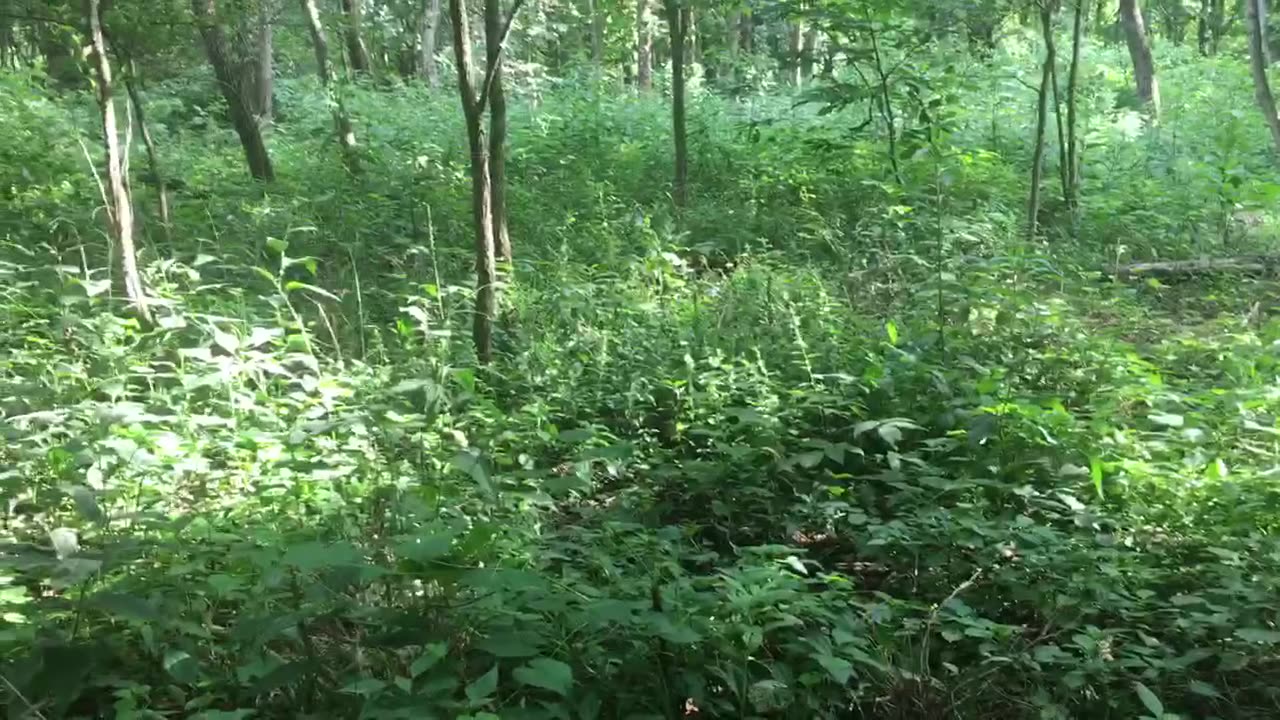
Bush-honeysuckle Initial Mechanical Treatment (pt. 3) - Example of Spring Removal Regrowth
This video is part three (3), of a three (3) part set, where we compare the before-and-afters of the areas treated using the Mechanical Method for the initial stage of treatment. It involves cutting down, or pulling out, of all the bushes, and treating the roots for the larger ones, that are to large to easily pull out of the ground, with “Tordon RTU” using a foam brush and sparingly applying chemical treating, only to the cambium area of the stump within a few minutes of cutting, to avoid accidental over-exposure to the soil surrounding the stump.
This video focuses on an area that was treated early in the spring slightly before the end of the hard frosts that were being experienced, into the period where frosts were no longer experienced during the mornings. This area is part of a larger stand, where the first part of the stand was treated in the fall, well after the trees were going into dormancy, and where the mature honeysuckle bushes had dropped their berries.
When comparing this zone of treatment with the zone done in the fall, I am witnessing two different regeneration results of native forbs. This observational data is just anecdotal and should be studied with controls and by using many sample plots before a firm conclusion can be drawn, but it lends credibility to my theory that by doing the initial removal prior to the greening-up of the forest floor, before the trees begin growing their leaves for the spring, it allows for the native species to quickly sprout and re-establish their hold on the forest floor before the bush-honeysuckle seeds can sprout and outcompete them. I hope some researchers are able to take this data and look further into my results to improve best management practices to help landowners and forest managers alike with their projects tackling this invasive species.
-
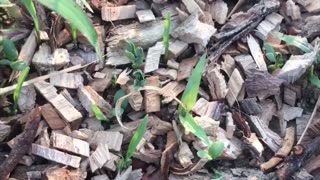 13:24
13:24
Moon-Struck Land Management
3 months agoExperimental Regenerative Antler Builder Plot Update
562 -
 LIVE
LIVE
Lofi Girl
2 years agoSynthwave Radio 🌌 - beats to chill/game to
244 watching -
 24:30
24:30
DeVory Darkins
13 hours agoMarjorie Taylor Greene RESIGNS as Minnesota dealt MAJOR BLOW after fraud scheme exposed
43.2K111 -
 2:19:48
2:19:48
Badlands Media
1 day agoDevolution Power Hour Ep. 409: Panic in the Narrative — Epstein, Israel, and the Manufactured Meltdowns
152K40 -
 1:52:38
1:52:38
Man in America
10 hours agoCommunists VS Zionists & the Collapse of the American Empire w/ Michael Yon
65.3K26 -
 4:09:34
4:09:34
Akademiks
5 hours agoSheck Wes exposes Fake Industry. Future Not supportin his mans? D4VD had help w disposing his ex?
35.9K3 -
 6:43:43
6:43:43
SpartakusLIVE
9 hours agoTeam BUNGULATORS || From HUGE WZ DUBS to TOXIC ARC BETRAYALS
108K3 -
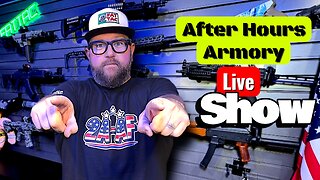 2:44:56
2:44:56
BlackDiamondGunsandGear
5 hours agoAre You that guy? / Carrying a Pocket Pistol /After Hours Armory
22.3K -
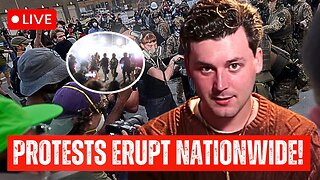 DVR
DVR
Camhigby
5 hours agoLIVE - Riot Watch Portland, DC, NC
28.5K20 -
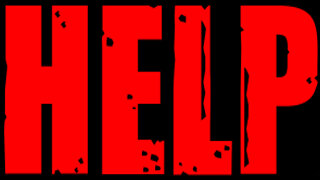 2:54:58
2:54:58
CAMELOT331
8 hours agoYouTube Just Told Me I OWE THOUSANDS $ TO THEM... update
34.3K5